Cormorants are a group of aquatic birds containing about 40 different species. In some areas, these birds are also known as “shags.” The different species come in a variety of shapes and sizes, which can range in size from less than a pound to over ten pounds! They have special adaptations for catching fish, with long, slightly hooked beaks to help them grip their prey. Read on to learn about the cormorant.
Description of the Cormorant
Most cormorant species are relatively similar in body shape. They have mostly black or dark colored feathers, but some birds are black and white. Like many other aquatic species, these birds have long, curved necks that they use to reach below the surface to snag fish as they attempt to escape.
To further aid in capturing slippery fish, cormorants have long beaks that have a sharp hook at the end. Finally, to better move through the water, these birds have webbed feet.
Interesting Facts About the Cormorant
With such a large variety of species, there are plenty of fun facts to go around about cormorants. Learn more about these birds, or some cool species, below.
- Feathered and Flightless – For the most part, all species of cormorants are capable of flying through the air, save for one. The flightless cormorant is the largest species of cormorant living today. It is native to the Galapagos Islands, and as the name suggests, it does not fly. Scientists believe this is because they evolved without land predators for such a long period of time.
- Dull and Drab? – While many species, such as the great cormorant, have relatively unremarkable feathers, this is not the case for all of these birds. While it is less common, some cormorant species have nearly colorful feather patterns. The spotted shag in New Zealand has gray feathers, with a white streak up the neck, teal patch on its tail and hind-end, and speckles.
- Cute Little Cormorant – The smallest species of cormorant measures just 18 in. long. The pygmy cormorant, proud holder of the smallest cormorant award, is a little bird native to parts of Europe and Asia. This species weighs less than one pound on average.
Habitat of the Cormorant
Cormorants are an aquatic species that is almost always associated with oceans, though they sometimes range into freshwater habitats. Rather than living out over the open sea, most species remain close to the coasts. However, some species are pelagic, which means they live over the open ocean.
These birds prefer habitats with rocky cliffs and other suitable nesting habitat, but must have ocean close by to hunt. They hunt in a variety of aquatic environments, from coastal shores, to swamps and more.
Distribution of the Cormorant
Different cormorant species range across the globe, save for some Pacific Islands. Any coastal area, and some aquatic areas inland, likely houses a species of cormorant. Different species make their homes in different areas.
Some species are more widespread, while others have very small ranges. There are species in North, Central, and South America, as well as Australia, New Zealand, Asia, Europe, India, Africa, the Galapagos, the Antarctic Peninsula, and a variety of islands.
Diet of the Cormorant
Generally speaking, cormorants are specialized fish-eaters. With that said, they will feed on other prey when given the opportunity, but fish make up the majority of their diet in most species.
Other prey includes eels, snakes, frogs, crabs, shrimp, and more. Species that live in different areas live alongside different prey species, and thus can have drastically different diets from one another.
Cormorant and Human Interaction
Human interaction varies greatly based upon the region and culture of the area. Surprisingly, some cultures historically used cormorants to capture fish. Though this is not common practice today, the fishermen and birds would work together to catch large fish. This cooperation occurred in Asia, Ancient Egypt, Peru, and India.
Unfortunately, many species of cormorants are subject to less harmonic interaction nowadays. Depending on the species, human interaction can actually cause detrimental population loss. Habitat loss, hunting, climate change, and overfishing all impact cormorant populations to varying degrees.
Domestication
Though some cultures have used cormorants for centuries to aid in fishing, humans have not fully domesticated them in these examples.
Does the Cormorant Make a Good Pet
No, cormorants do not make good pets. If you have ever interacted with any seabird for a period of time, you will be well aware that their poop is quite foul! In most places it is also illegal to own a cormorant as a pet.
Cormorant Care
In a zoological setting, most cormorants are relatively easy to care for. This, of course, depends on the species, as there are some species zoos have never kept, and we know very little about them.
Any cormorant species should have a water source easily accessible, preferably deep enough to dive and swim. They are quite content with a diet of fish, supplemented by the occasional crustacean or squid. Many individuals in zoos were rescued by humans due to injury or illness, and cannot survive in the wild.
Behavior of the Cormorant
These birds are frequently sighted swimming along the surface of the water, and diving beneath the surface. While underwater, they will swim along with their webbed feet or wings, and search for prey. Alternately, humans also spot these birds resting on rocks, buoys, and other areas close to the water. While resting, they clean their feathers and stretch their wings out in the sun.
Reproduction of the Cormorant
Exact reproductive times and strategies vary by species. All species gather in large colonies to lay their eggs and raise their chicks. For our purposes, we will use the great cormorant as an example. This species lays between three and five eggs, usually on a cliff or rocky island.
The eggs incubate for approximately one month before they hatch. It takes approximately a month and a half or two months for the chicks to learn how to fly. Once they are flying, they quickly gain independence.

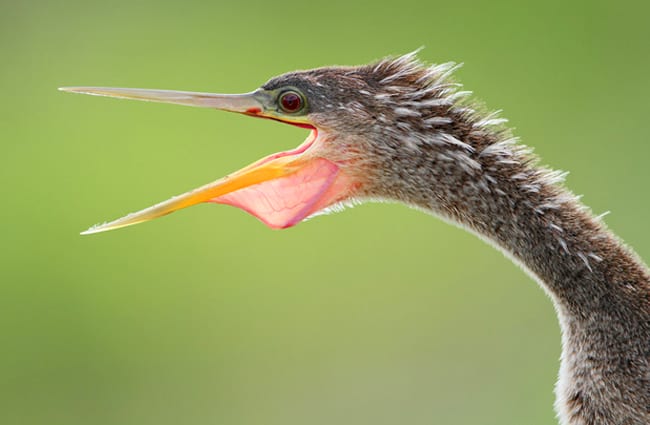
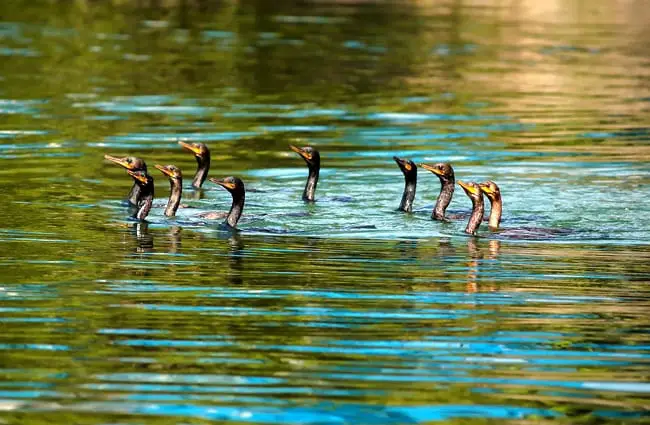
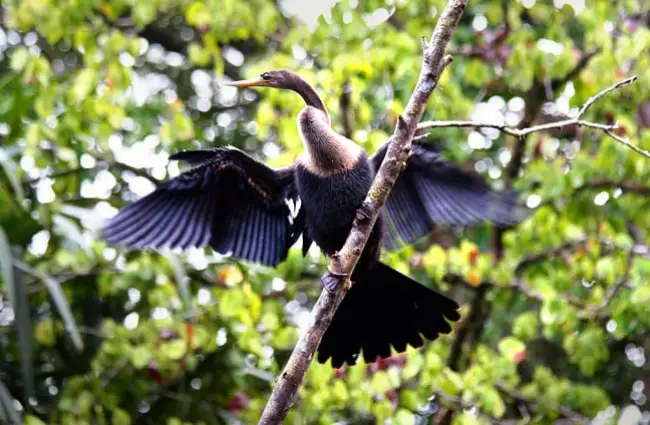
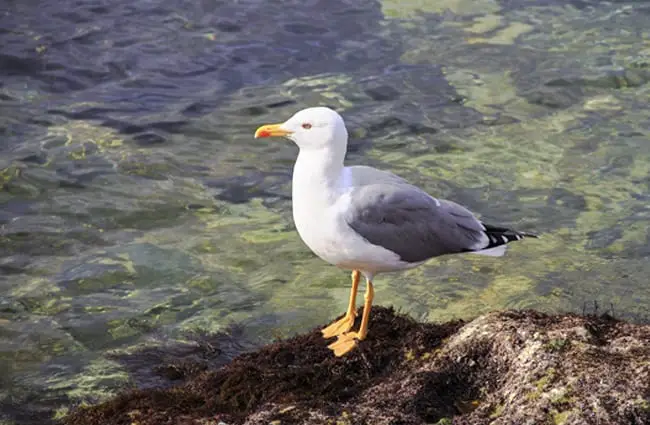

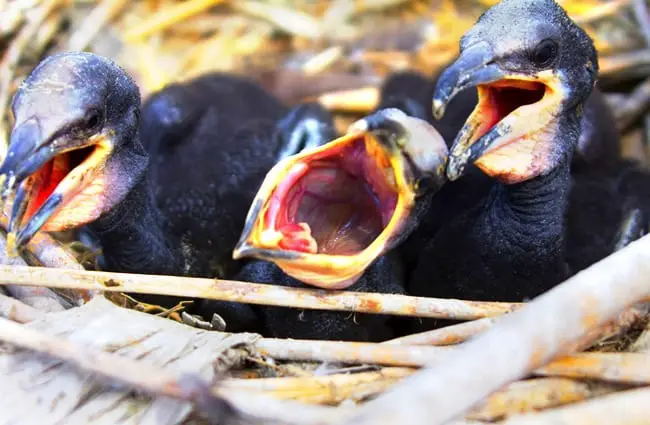

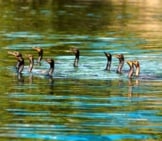
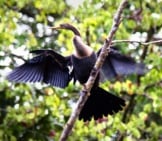
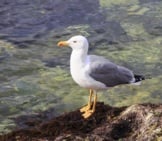
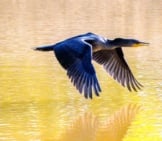
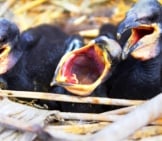
![Red Angus Closeup of a beautiful Red Angus cowPhoto by: U.S. Department of Agriculture [pubic domain]https://creativecommons.org/licenses/by/2.0/](https://animals.net/wp-content/uploads/2020/03/Red-Angus-4-238x178.jpg)












![Red Angus Closeup of a beautiful Red Angus cowPhoto by: U.S. Department of Agriculture [pubic domain]https://creativecommons.org/licenses/by/2.0/](https://animals.net/wp-content/uploads/2020/03/Red-Angus-4-100x75.jpg)

